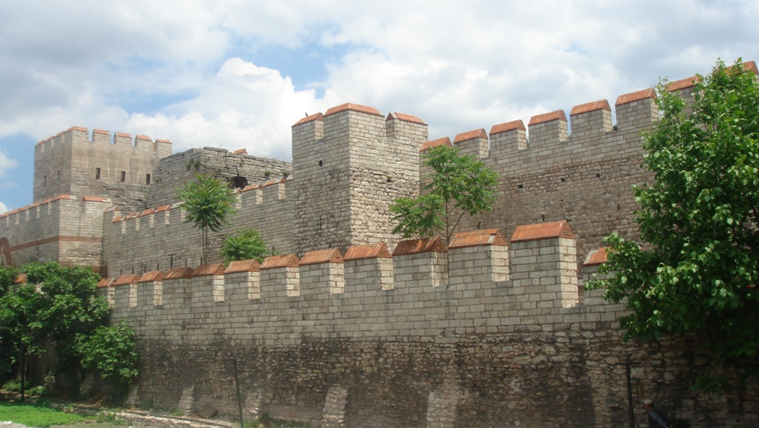I'm not ready yet to unveil the outline of my current project titled "The Fright and Thrill of Navigation: Seafaring in the Medieval and Renaissance Mediterranean," but I will disclose a few details. The first part will be "The Age of the Galley." It consists of the intro, A Tale of the Two Watercraft Brands, and two chapters, Early War Galleys and Late War Galleys.
The introduction is ready, at least as a magazine version, and I even uploaded it on the Academia site, not as one but as three articles:
https://www.academia.edu/104456432/War_galleys_in_the_Medieval_Mediterranean
https://www.academia.edu/107397680/Sailing_Ships_in_the_Medieval_Mediterranean
https://www.academia.edu/109918628/Galleys_vs_Sailing_Ships_Comparison_and_Contrast
I am currently editing Chapter 1: Early War Galleys, which I divided into portions for possible magazine publication.
I am also assessing the material collected for a new chapter based on the Battle of Los Formigues. The extract will recreate the atmosphere of the Crusade against Aragon and the behavior of the Catalan fleet, first of all of its renowned admiral, Roger of Lauria.
I delivered the second lecture about sailing ships. I plan to prepare the third one to compare the performance of galleys and commercial ships.



